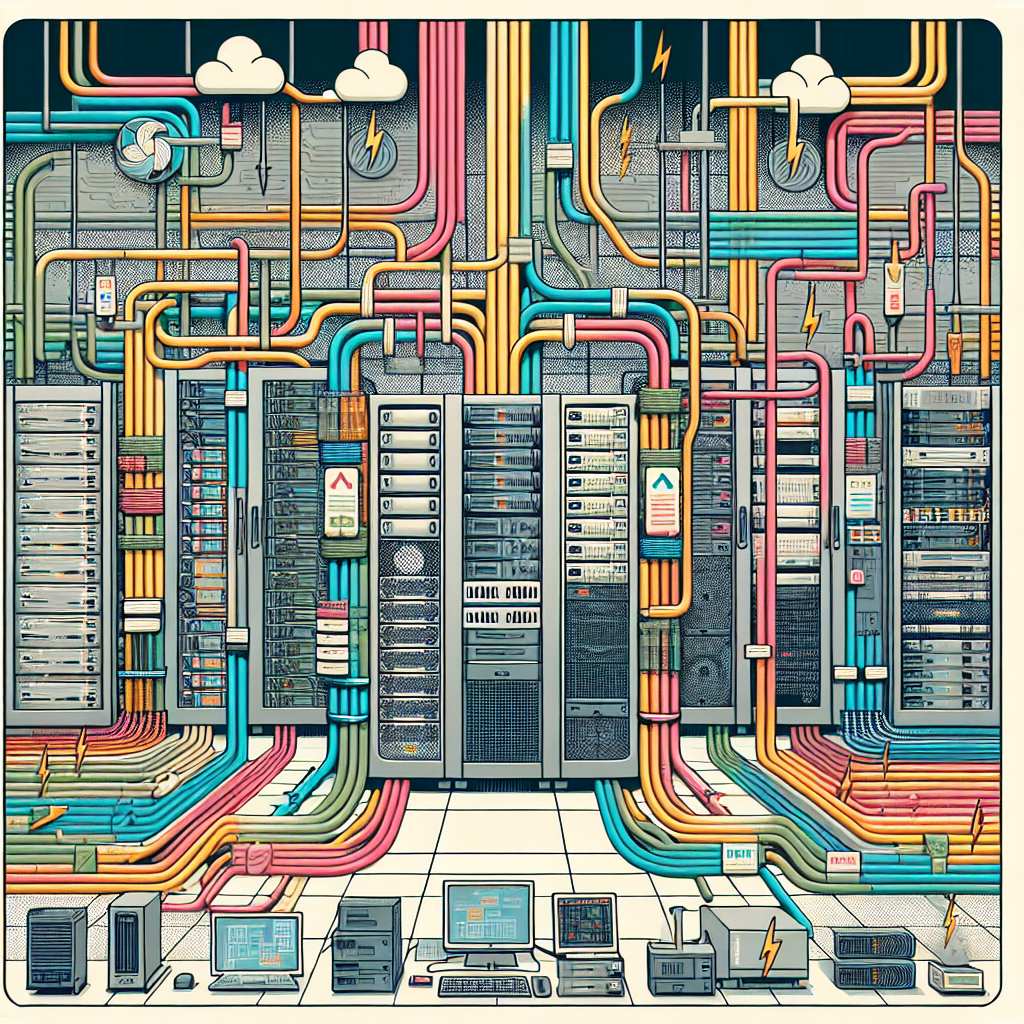Data centers play a crucial role in the storage and distribution of data, serving as the backbone of the digital economy. However, one of the biggest challenges faced by data center operators is ensuring efficient power distribution to support the increasing demand for computing power and storage capacity.
Power distribution in data centers is a complex and critical aspect of their operations. The amount of electricity required to power servers, cooling systems, and other equipment is substantial, and any disruptions or inefficiencies in power distribution can lead to downtime, data loss, and increased operating costs.
One of the key challenges in data center power distribution is ensuring reliability and redundancy. Data centers must have backup power sources in place to ensure continuous operation in the event of a power outage. This requires careful planning and investment in uninterruptible power supply (UPS) systems, generators, and other backup power solutions.
Another challenge is managing power consumption and efficiency. Data centers consume a significant amount of electricity, and optimizing power usage is essential to reduce operating costs and minimize environmental impact. This includes implementing energy-efficient cooling systems, server virtualization, and other technologies to reduce power consumption.
Scalability is also a major challenge in data center power distribution. As data center operators add more servers and storage capacity to meet growing demand, they must ensure that their power distribution infrastructure can scale accordingly. This requires careful planning and investment in flexible power distribution solutions that can accommodate future growth.
To address these challenges, data center operators can implement a range of solutions to optimize power distribution. This includes:
1. Implementing modular power distribution systems that can be easily expanded or upgraded as needed.
2. Deploying energy-efficient cooling systems, such as air containment systems and liquid cooling technologies, to reduce power consumption.
3. Investing in intelligent power distribution management tools that provide real-time monitoring and control of power usage.
4. Using renewable energy sources, such as solar or wind power, to reduce reliance on traditional grid electricity.
5. Conducting regular energy audits to identify opportunities for improving power efficiency and reducing operating costs.
In conclusion, understanding the challenges and solutions in data center power distribution is essential for ensuring reliable and efficient operation of data centers. By investing in the right power distribution infrastructure and implementing energy-efficient technologies, data center operators can minimize downtime, reduce operating costs, and support sustainable growth in the digital economy.


Leave a Reply